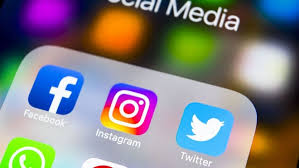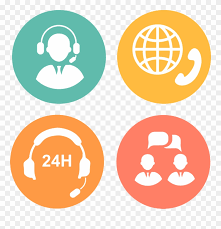The United States faces a fundamental mismatch between surging demand and insufficient capacity.
2026 Physician Fee Schedule, released in July, directs reimbursement toward remote monitoring and value-based care in the home.
Older adults can save tens of thousands of dollars annually by choosing assisted living communities over aging in place in their homes.
Unlike point solutions, Inspiren unifies resident safety, care planning, staffing, and emergency response into a single AI-powered platform.

 Reading about big tech controversies can make you sigh
Reading about big tech controversies can make you sigh You see PERS news releases on occasion. PERS -- Personal Emergency Response System -- is a long-time market dominated by pendants worn around the neck. Recently
You see PERS news releases on occasion. PERS -- Personal Emergency Response System -- is a long-time market dominated by pendants worn around the neck. Recently 